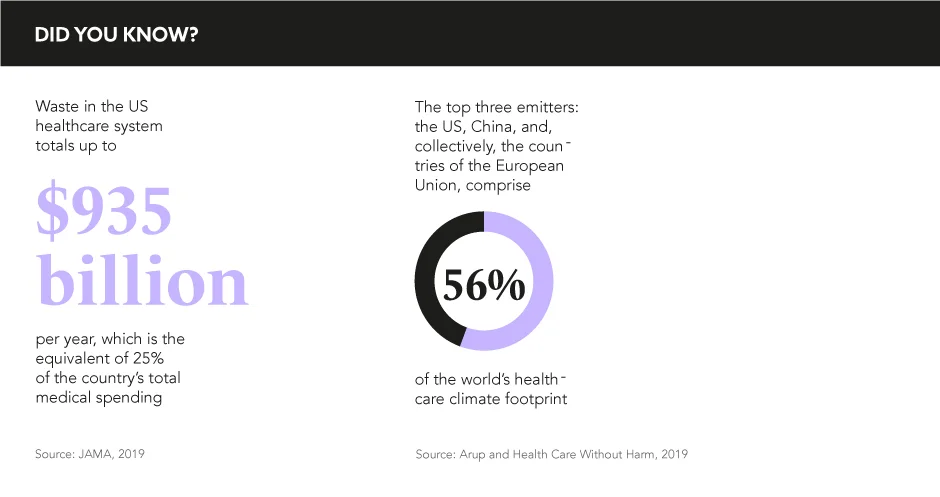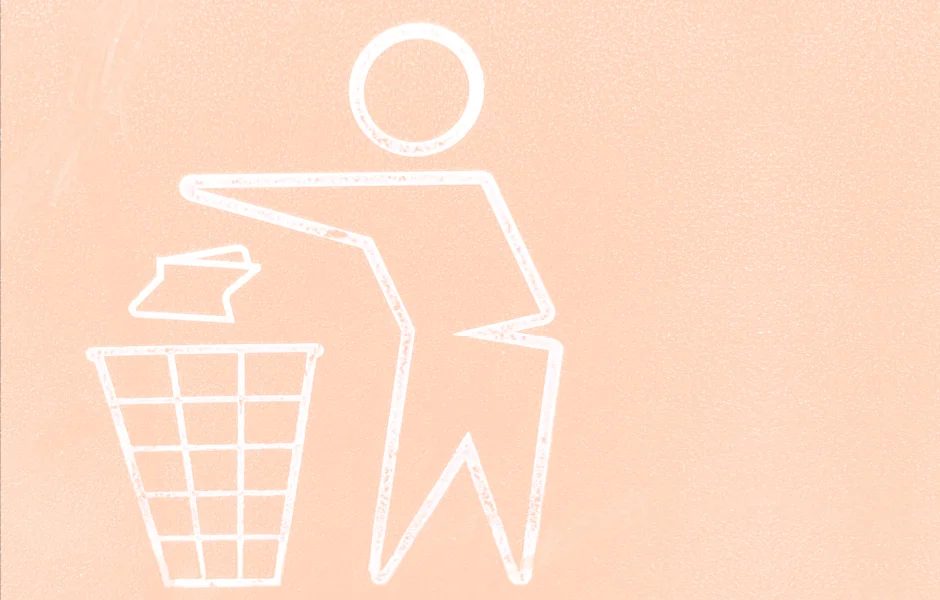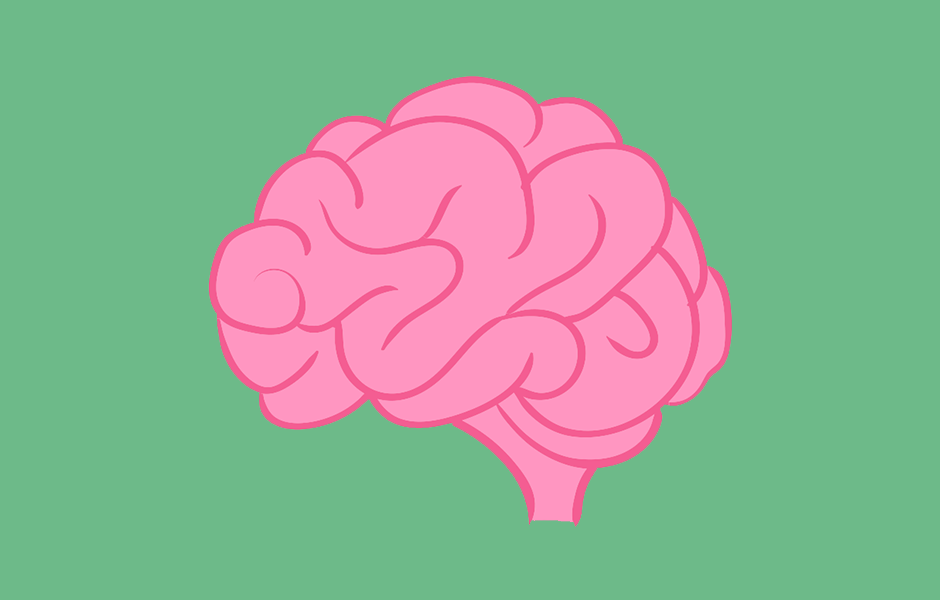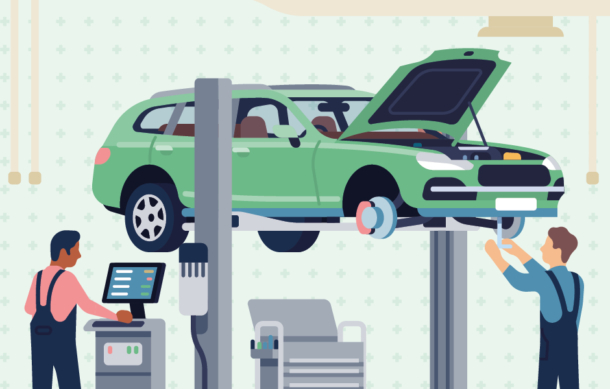Words by Michaila Byrne
Amidst the current public discourse surrounding sustainability and ethical practices, is the problem of pharmaceutical waste. From production to packaging, and from consumption to disposal, as the sheer magnitude of the waste problem intensifies, it is imperative that the pharmaceutical industry actively seeks solutions. Thankfully, beyond the eclipsing landfill, past the fog and the fumes, hope is on the horizon. Through facing this multifaceted problem, creative initiatives could transform a once notorious culprit into a reformed offender.
With $5 billion worth of pharmaceutical waste being churned out annually, harmfully impacting our ecosystems and ourselves, we are inching ever closer towards a public health crisis. Pre-emptively identifying unnecessary volumes and securing appropriate disposal is in the interests of all. To meaningfully combat the severity and spectrum of the waste problem, it is vital that pharma pursue sustainable models and embrace well-defined, cradle-to-grave processes.
Gary Cohen, President and Co-Founder, Health Care Without Harm weighs in: “Although [pharma] companies frequently disclose general data related to environmental sustainability and governance, detailed information relating to specific measures taken to prevent pharmaceutical pollution at own-operated and supplier facilities remain unavailable to the public. There is a need for greater transparency from the industry in this regard. Increased transparency could encourage further responsible practices such as reporting environmental incidents, promoting extended environmental risk assessment, and/or driving technology investments.”
Janet Carlson, CEO, One Eleven Group aims to eliminate the two-pronged problem of waste and want through her organisation, Pathfinder. This non-profit takes samples on the verge of expiration and re-distributes them, making one man’s trash another man’s treasure. Healthcare professionals can open their drug cabinets and donate to clinics and non-profits.
“For 20 years, our clients were 100% pharmaceuticals. We developed a software, called SampleServer®, that enabled physicians to securely order samples via a mobile device from pharma companies. After 13 years of sampling, we started to understand the horrible impact oversampling was having and we made the decision to stop selling our software and stop enabling sampling. We were one of the very few companies providing this service, so it did have a big impact,” says Carlson.
Increased transparency could encourage further responsible practices
“Many pharma companies reached out to us and we collaborated on connecting pharma to domestic and foreign drug donation opportunities. Further, we have connected with companies who are looking to emulate the donation/recycling model in their country. Brazil and India are active in this effort,” says Carlson.
Carlson also advocates for the development and implementation of an overarching national programme to re-distribute and dispose of waste.
“Healthcare professionals could give prescriptions with instructions on proper disposal – or perhaps bags or flyers could be imprinted with proper disposal instructions and distributed at pharmacies.”
Redistribution is one solution; proper disposal is another. At the core of this is education. Contrary to the widespread practice of disposing drugs in bins or toilets, all drugs must be rendered irretrievable and safe for the environment. To date, a leading specialist in healthcare waste management, Stericycle, have safely disposed of 70m lbs of pharmaceutical waste with their compliant returns and drug waste services.
TRADEBE own and operate commercial, Environment Agency approved incinerators, managing waste generated from drug R&D and manufacturing stages. On a smaller scale, creative solutions like the ‘Cactus Smart Sink’ have been implemented into hospitals; the contained system uses an internal chemical process that neutralises drugs and renders them unrecoverable.
Health Care Without Harm’s ‘Safer Pharma’ campaign has set out to protect the environment from pharmaceutical pollution at all stages of the lifecycle and raise awareness at European policy debates, encouraging rational prescription practices and advising future steps for the industry.
“Increased transparency is the number one priority. Companies could disclose general data related to environmental sustainability and governance and detailed information relating to specific measures taken to prevent pharmaceutical pollution at own-operated and supplier facilities… Companies could make available medicine pack sizes that are adapted to different therapies, design and develop benign pharmaceuticals that rapidly biodegrade in the environment into harmless compounds, and cover the costs associated with the collection schemes. Effective collection schemes would divert unused medicines from mixed waste streams that are not designed to deal specifically with pharmaceutical products,” advises Cohen.
The impending impact of waste might seem an insurmountable task, but it’s critical that pharma band together to tackle the crisis head on, take ownership of their role, and seek reform wherever possible. Transparency, education, and implementation on a national level is crucial but more importantly, through creative solutions and open collaboration, real change is viable.







